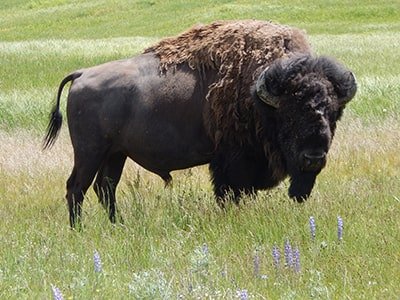
Male bison in Yellowstone National Park
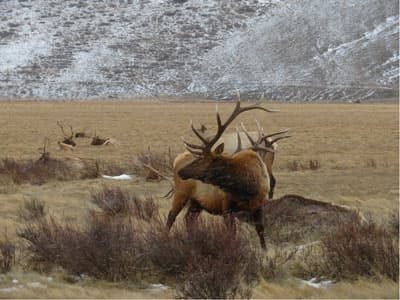
A bull elk in the National Elk Refuge
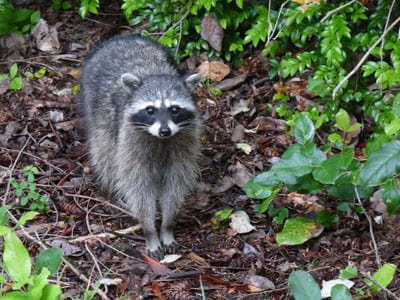
A visit from a raccoon in Washington
We are excited to celebrate World Wildlife Day and would like to share some of our tips on making the most of your wildlife spotting expeditions! Here in the American West we are privileged to see a great variety of wild animals still thriving in their native habitats. Traveling with small groups to the best viewing spots in many of our protected areas including Yellowstone National Park, Yosemite, the Grand Tetons and the Pacific Northwest, we have learned the best places and times for viewing these magnificent animals. We even feature a tour, Wildlife Expedition, that’s all about spotting wildlife (with amazing scenery and cultural highlights added in to make this a well-rounded adventure for photographers and nature enthusiasts alike). Here are some of the tips we use to find and photograph wild animals on our adventure tours.
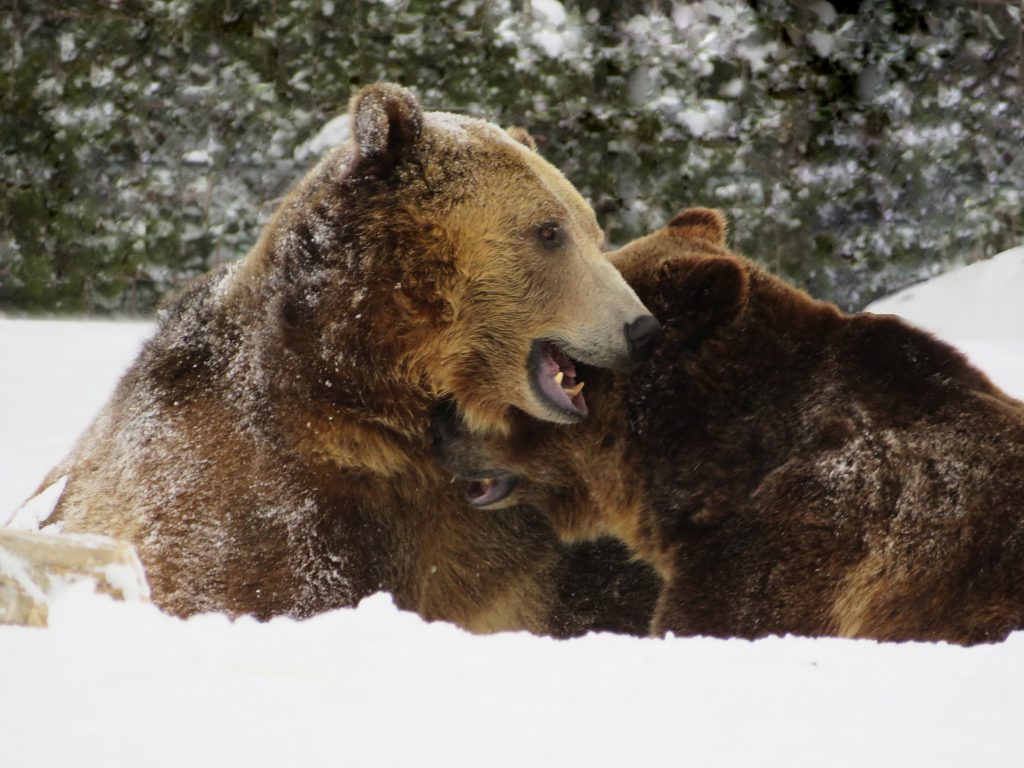
Two grizzly bears staying warm in the Montana Winter
Plan your day around the times that animals are the most active. For the best opportunities to see wildlife make sure to research which animals can be found at different locations and elevations, and know a bit about their habits to increase your chances of finding them in their natural habitat. For example, some animals are most active early in the day, other prefer dusk, still others (think reptiles including lizards) are active during the warmth of the day. Sometimes nocturnal animals, like foxes, can be seen in the wee hours of the morning. Our seasoned guides have a thorough knowledge of the flora and fauna of each region, and they have learned the optimal time and range to see the most interesting animals, giving you a great opportunity to see and photograph even the more elusive species.
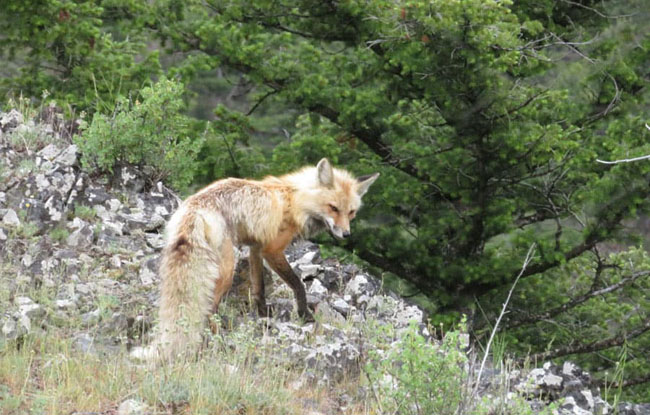
A rare red fox sighting in Yellowstone National Park
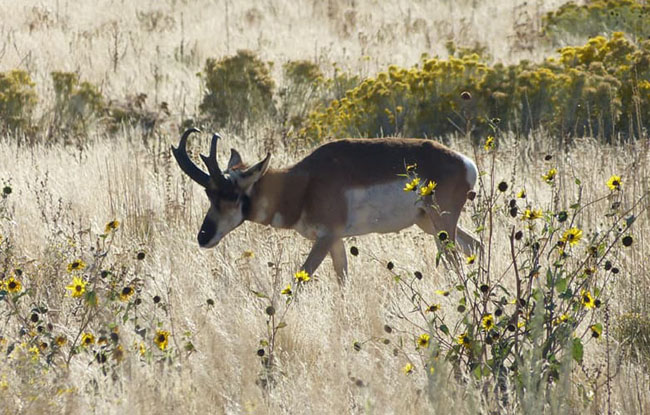
A Pronghorn foraging in the Utah Spring
Know where to look, as each region is a bit different and getting off-the-beaten-path, away from touristy locations, will give you a better chance to spot shy animals. We always make sure we know where different animals frequently gather depending on the season, weather, location and species, but wherever you are in National Park, keep your eyes peeled (and drive carefully.) It’s not uncommon to see bear cubs exploring a meadow along the road, a coyote stocking through the snow, or a porcupine sniffing for seeds and clover near our picnic table when we stop for lunch.
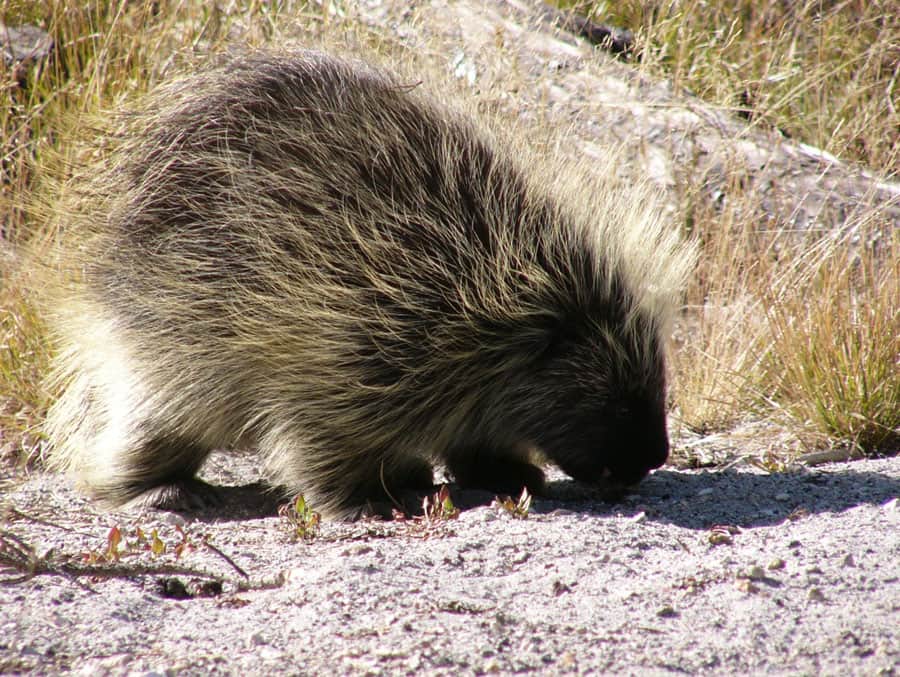
A Porcupine in Yellowstone National Park
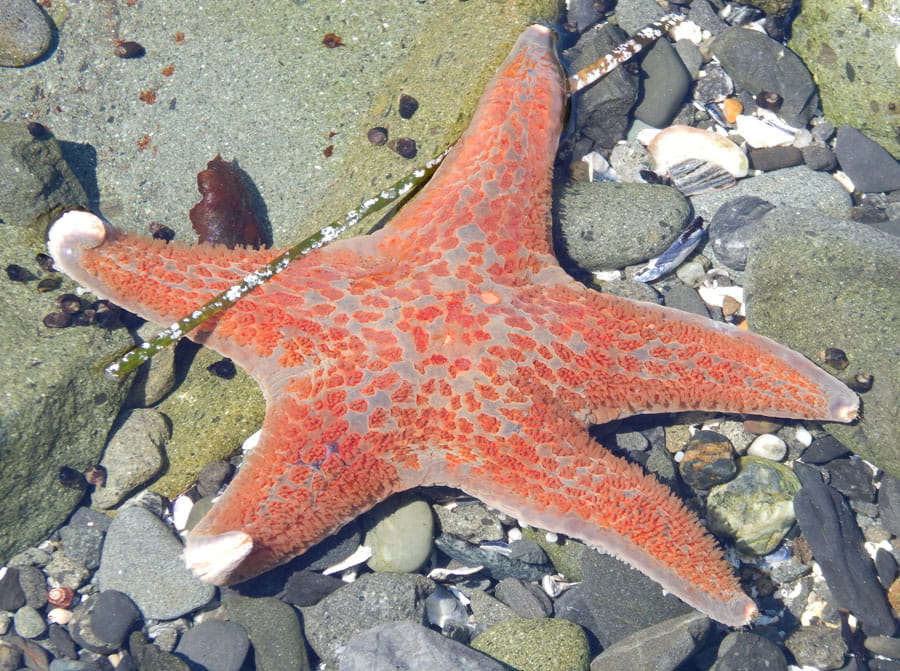
Starfish in an Oregon tide pool
Be patient with wildlife, it can be tempting to try and creep up close, or give a shout to get an animal’s attention for a photo, but it’s very important to respect the animals and allow them to remain wild. Care and patience help protect the animals, and us as well, and we still have lots of excellent photo opportunities. A little common sense and the hard work of generations of conservationist, biologists and park rangers help ensure that these animals and their habitats are protected, and on World Wildlife Day we celebrate this opportunity, and the people who have ensured it. For more information on keeping wildlife safe and wild take a look at these tips from the National Park Service. Ready to join one of our guided tours to spot wildlife? Contact us for info on which tours are your best fit, dependent on what you’re hoping to see!


